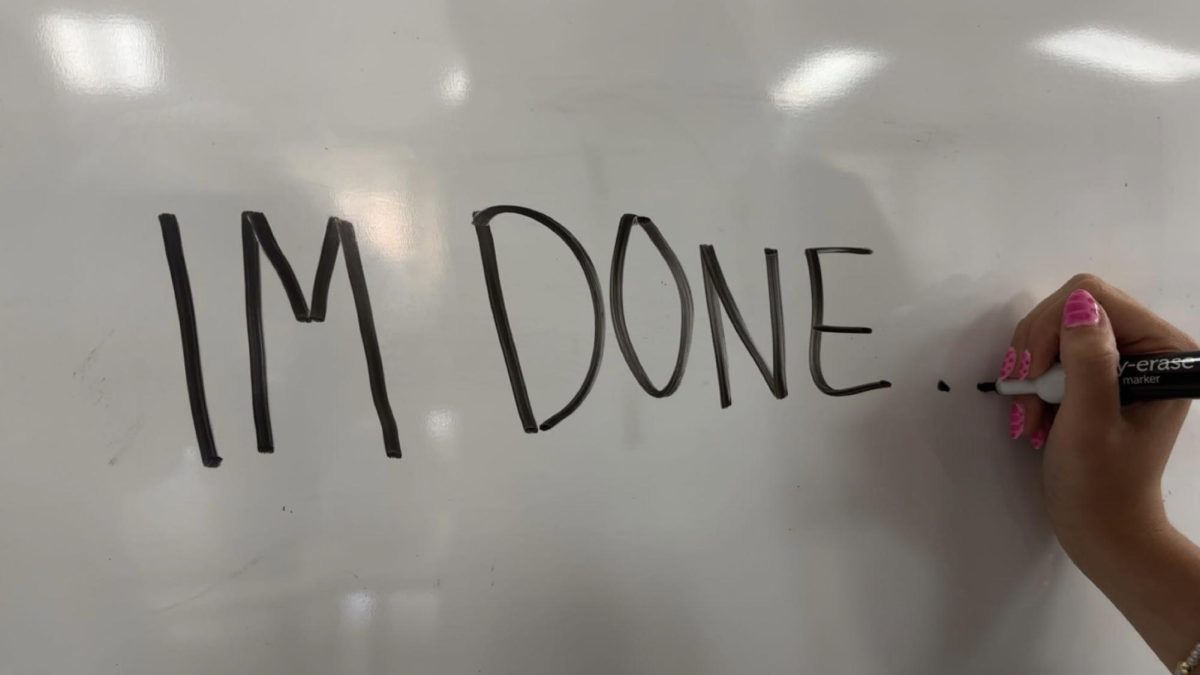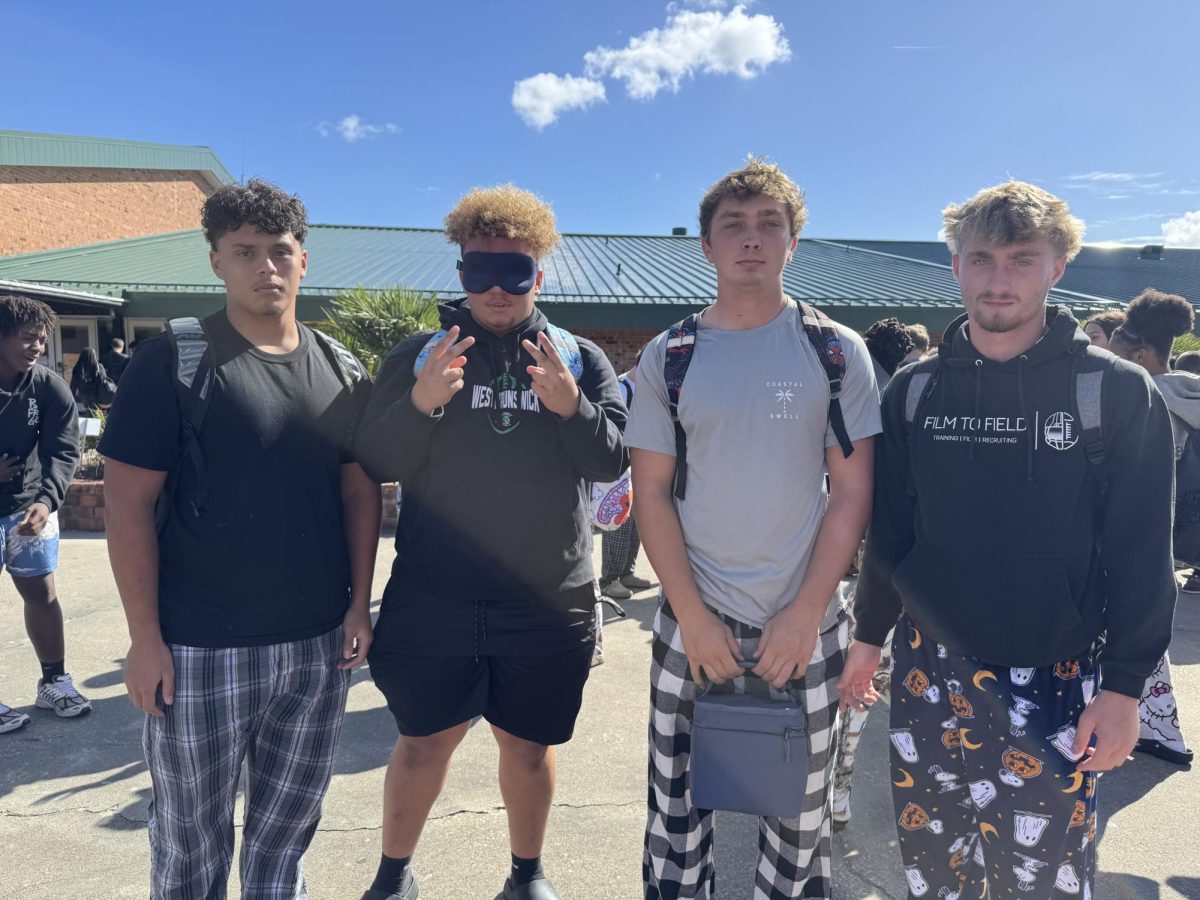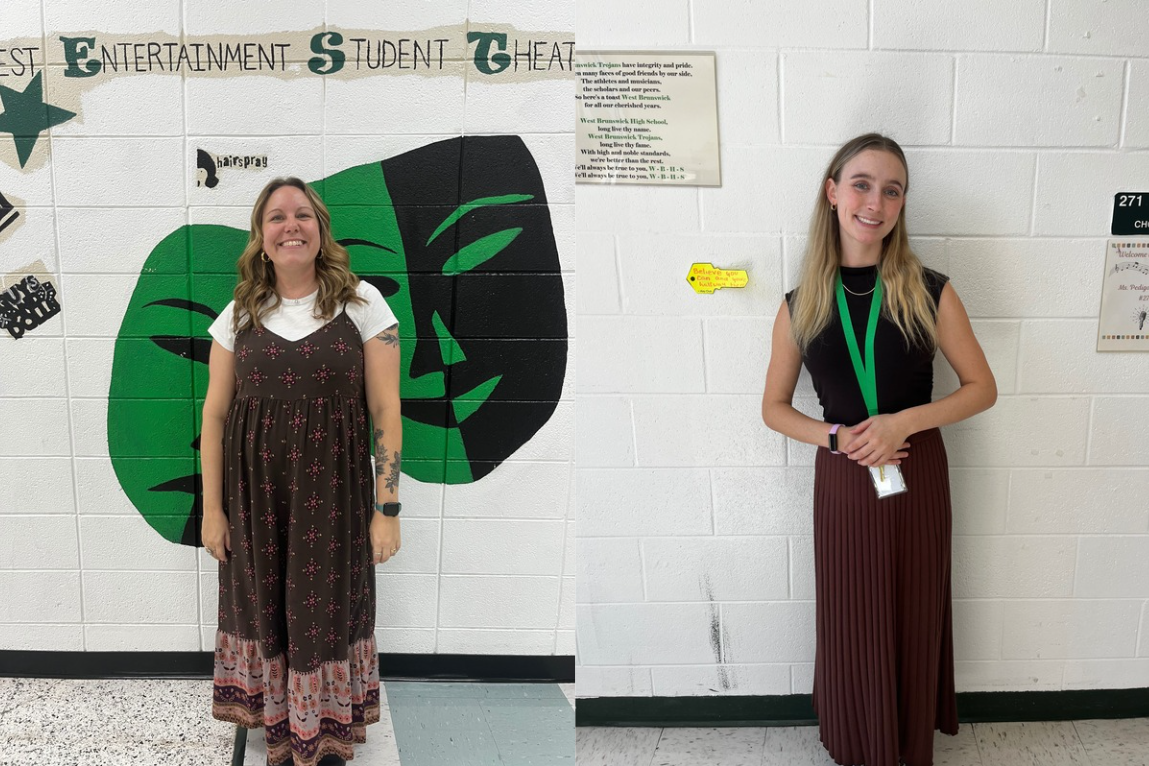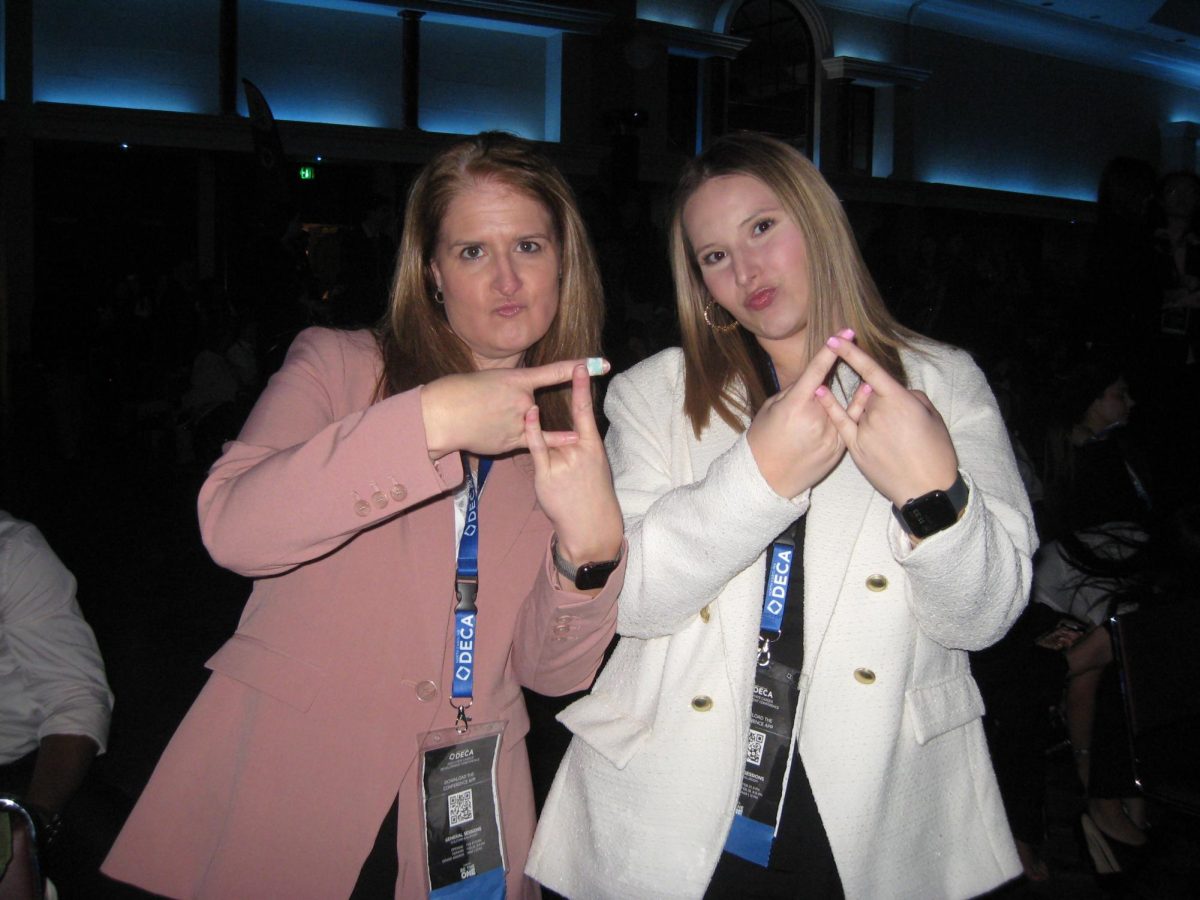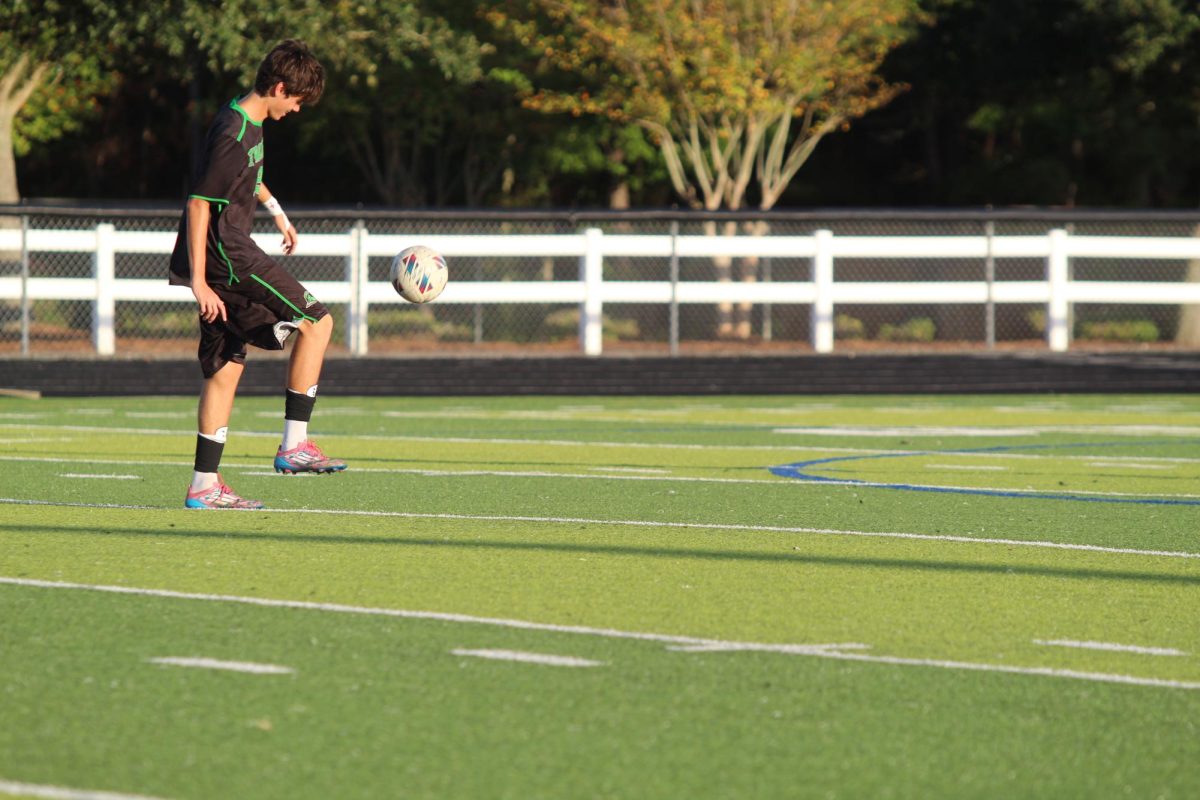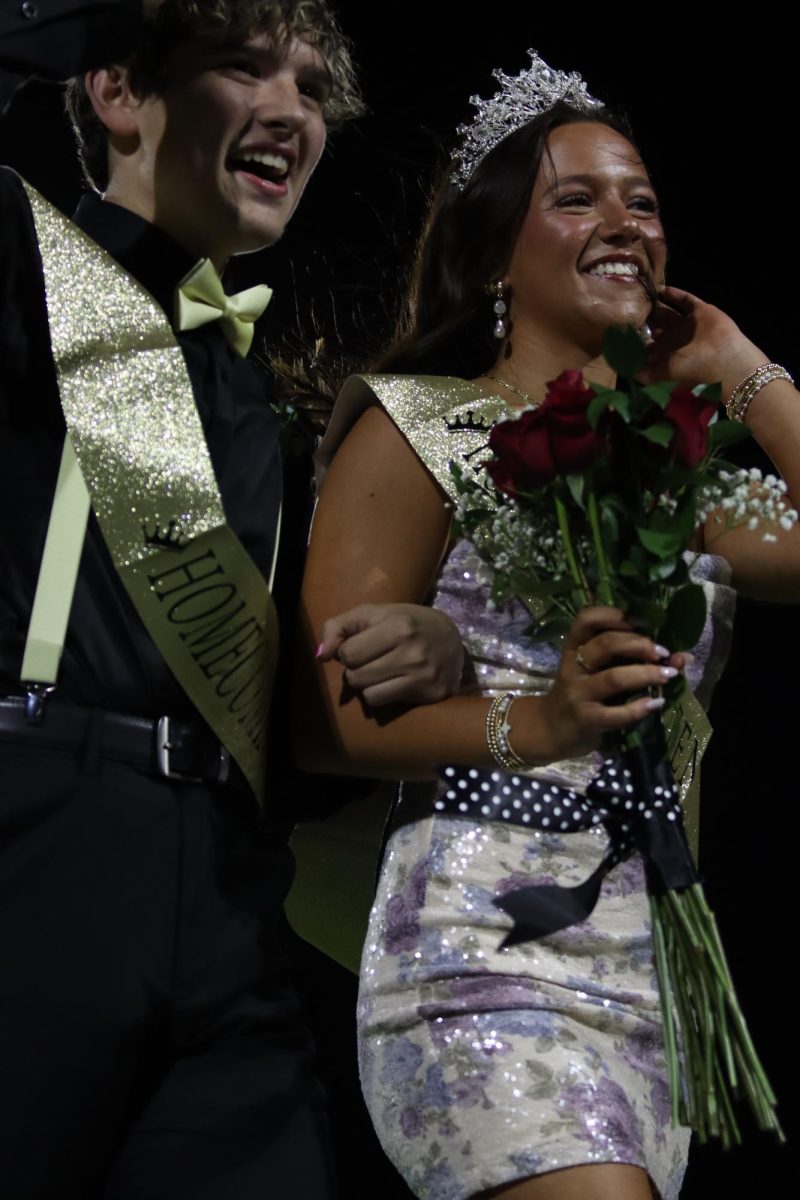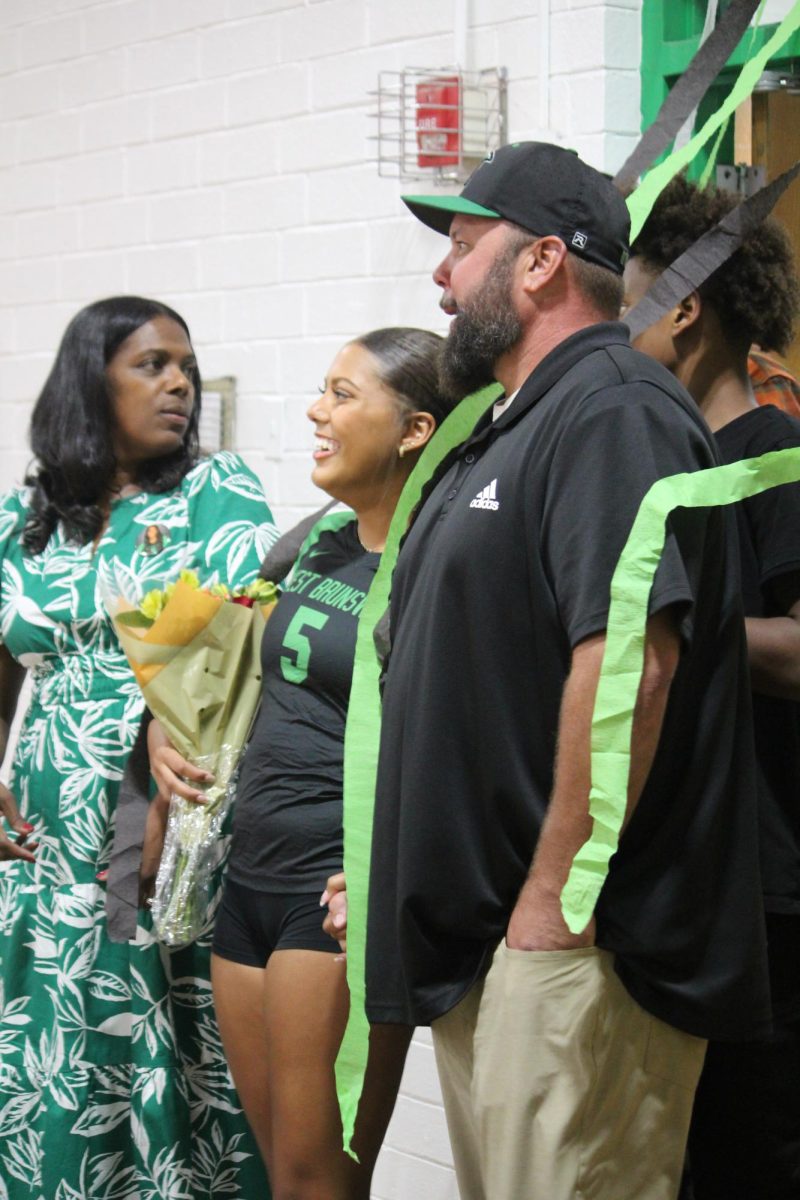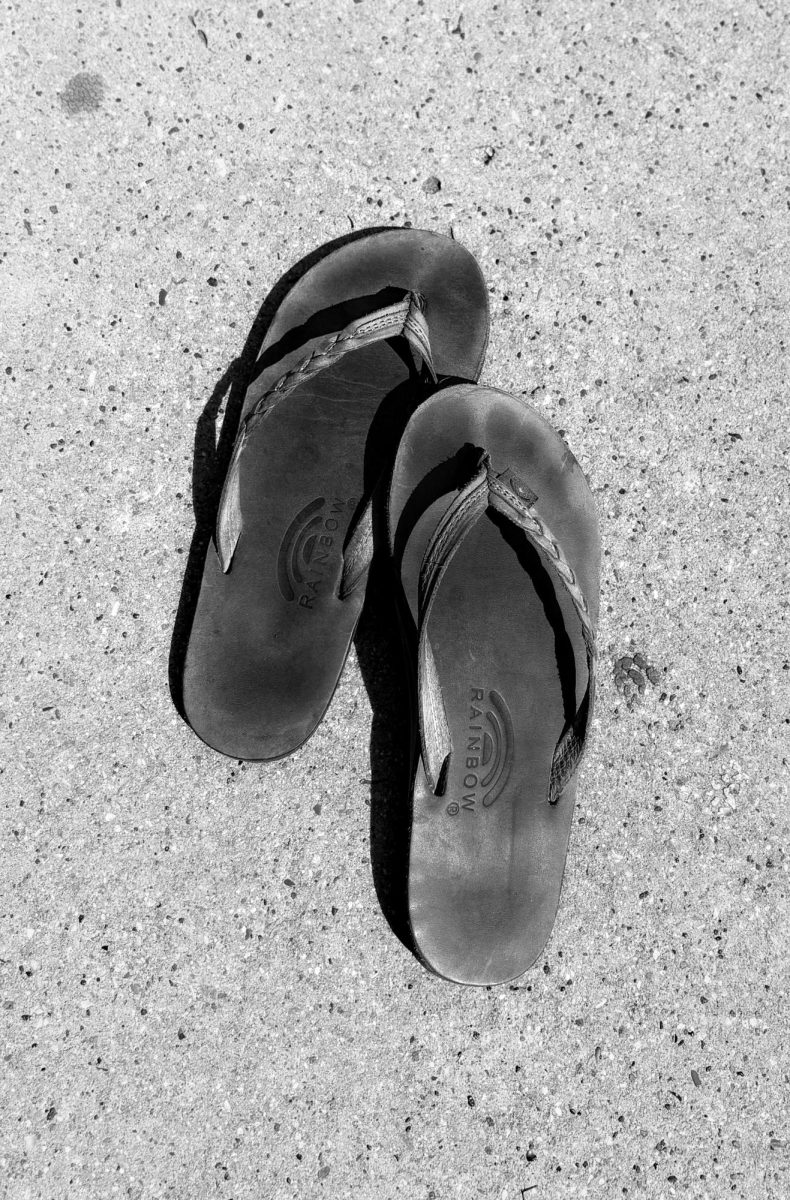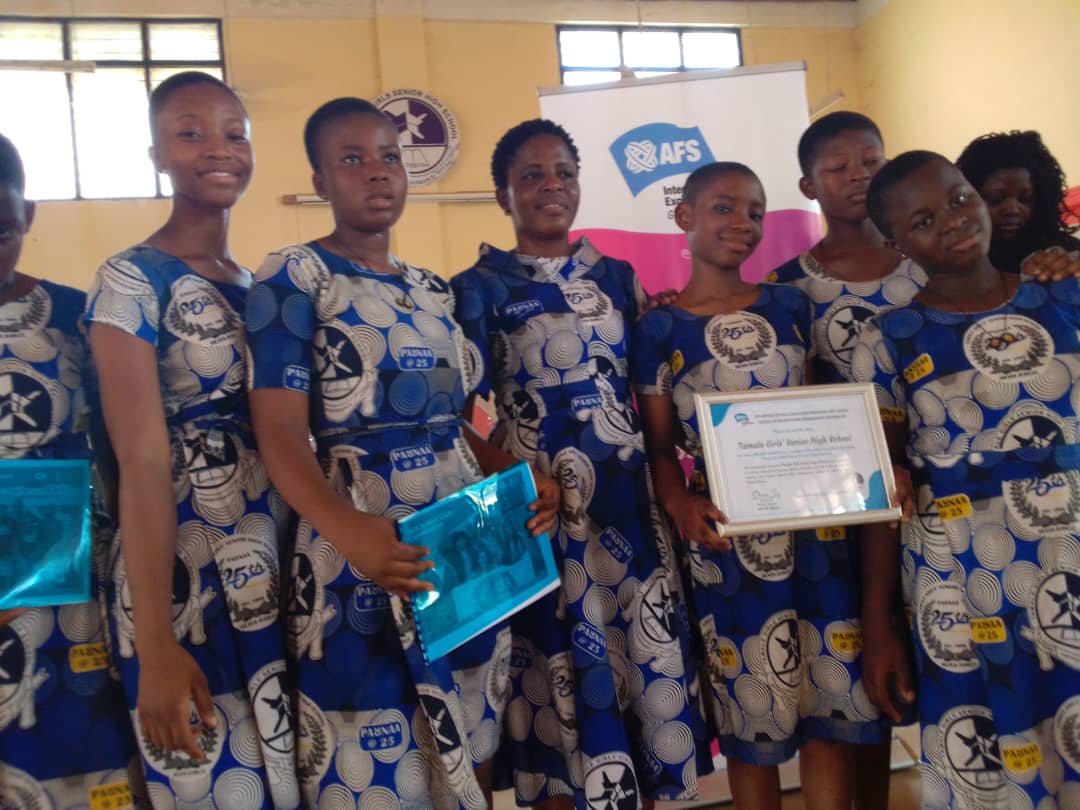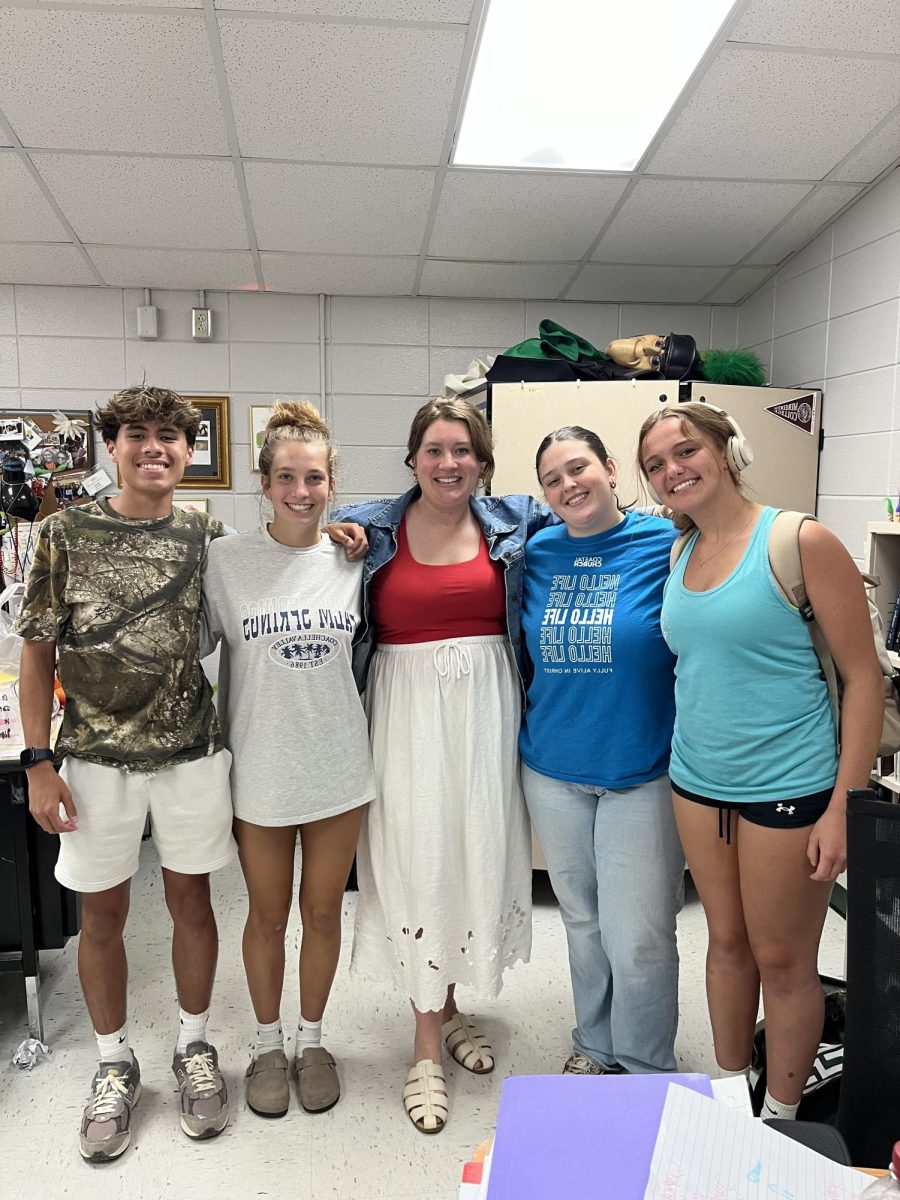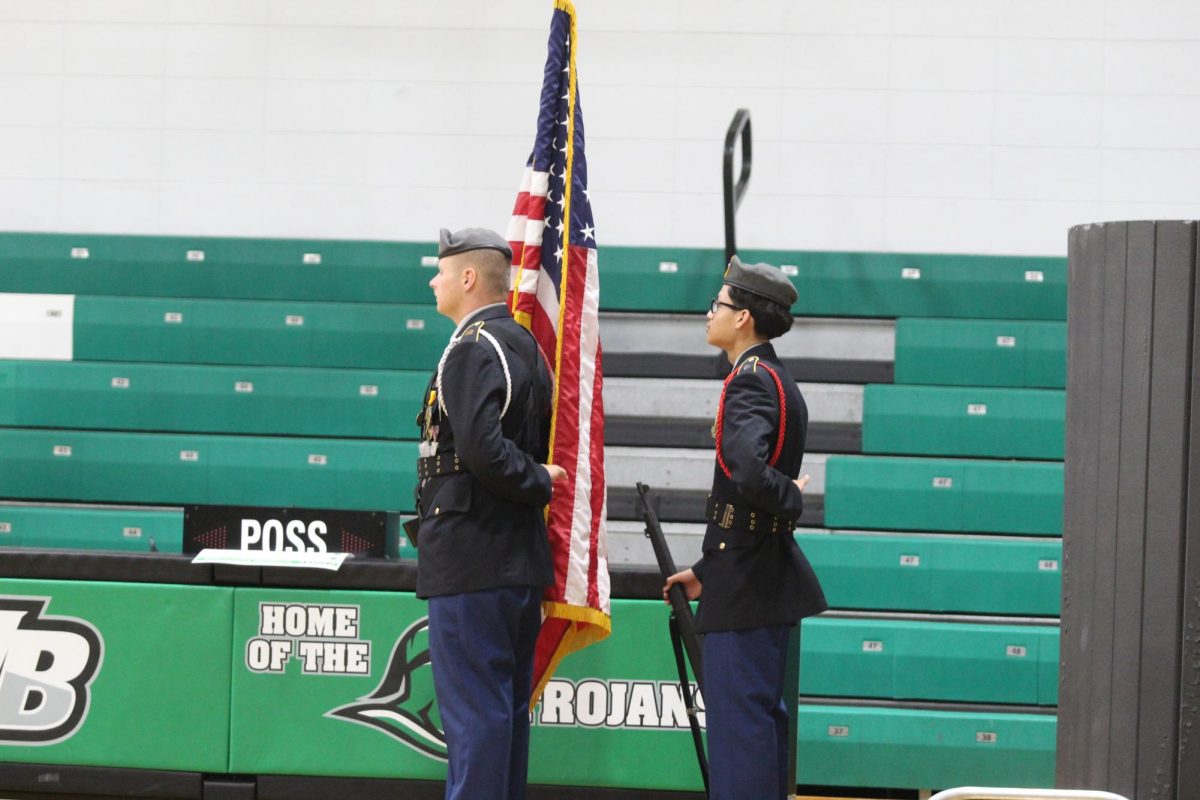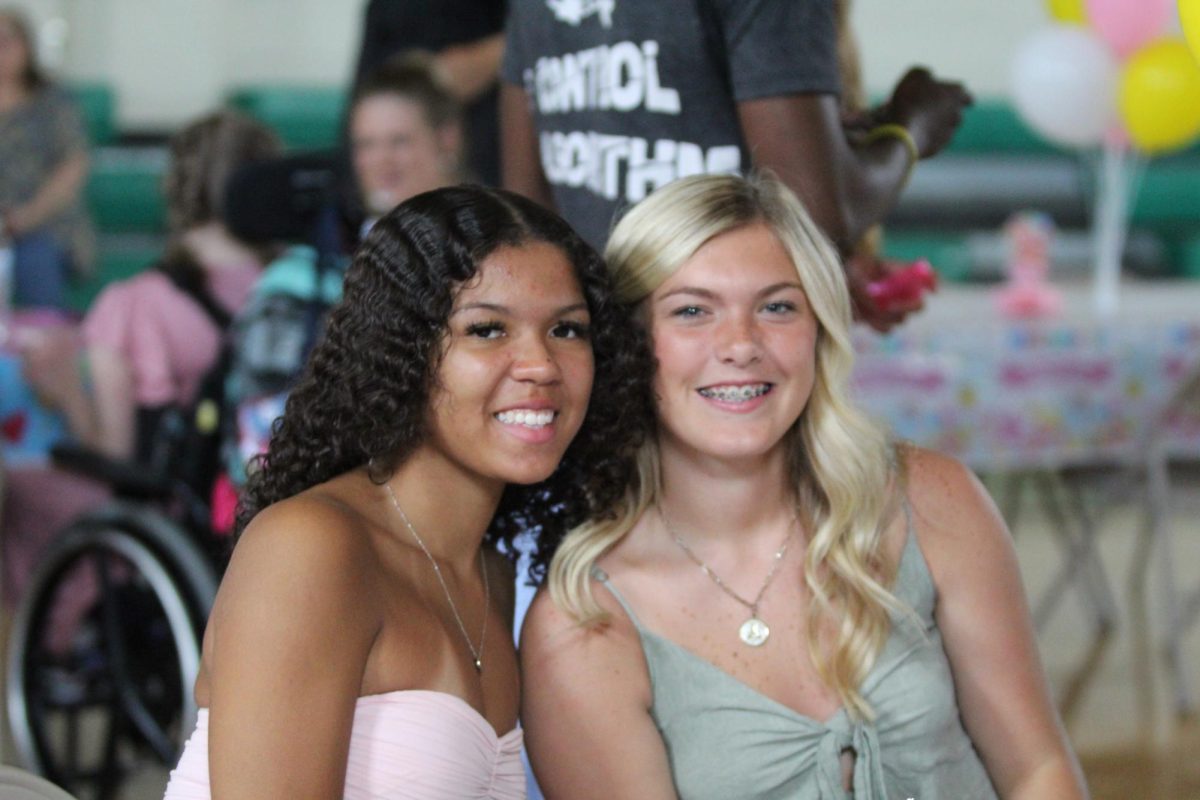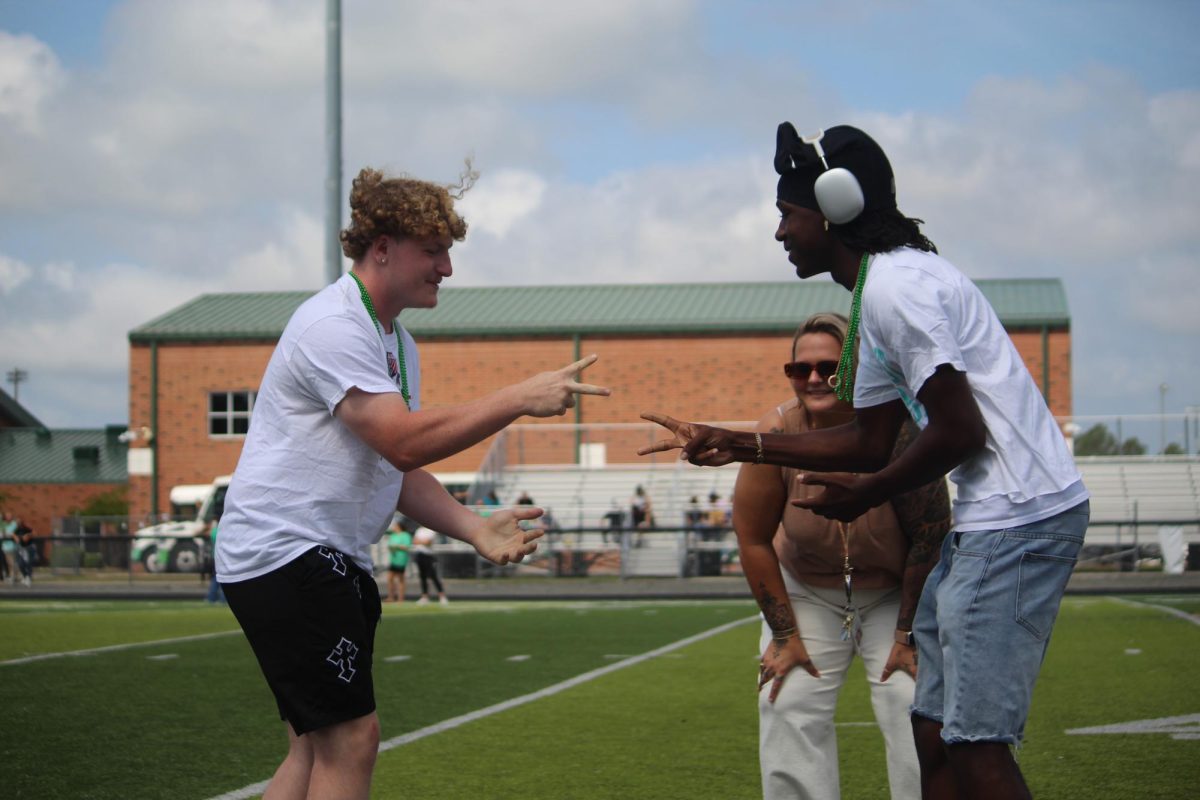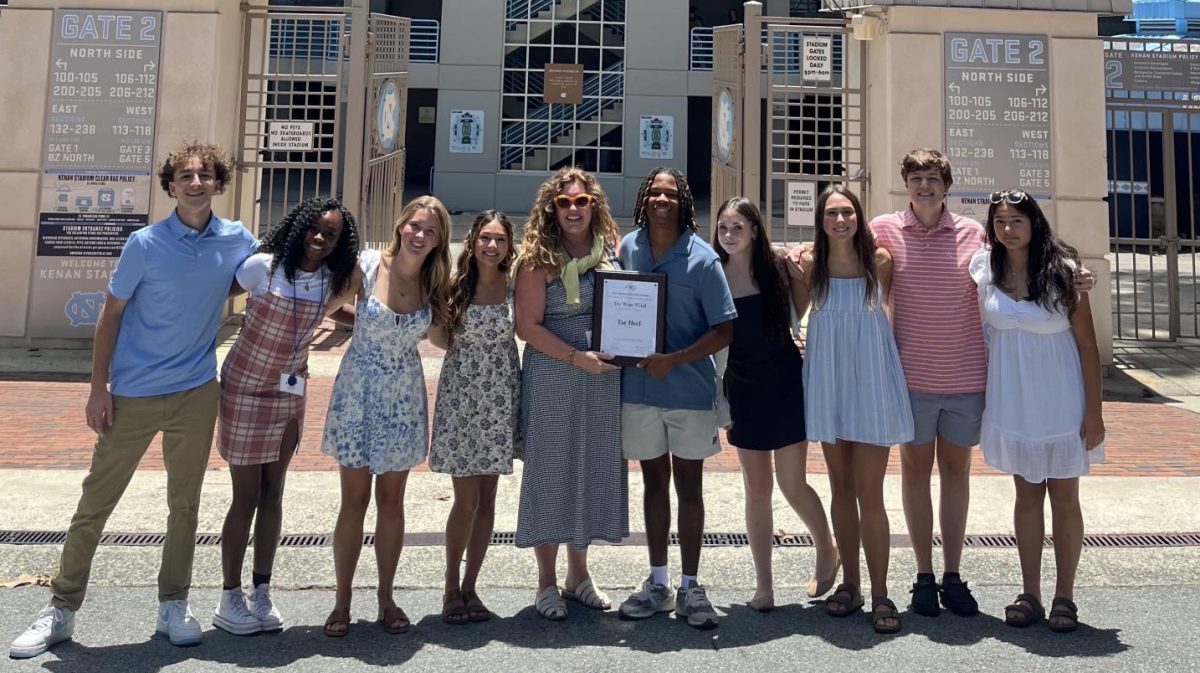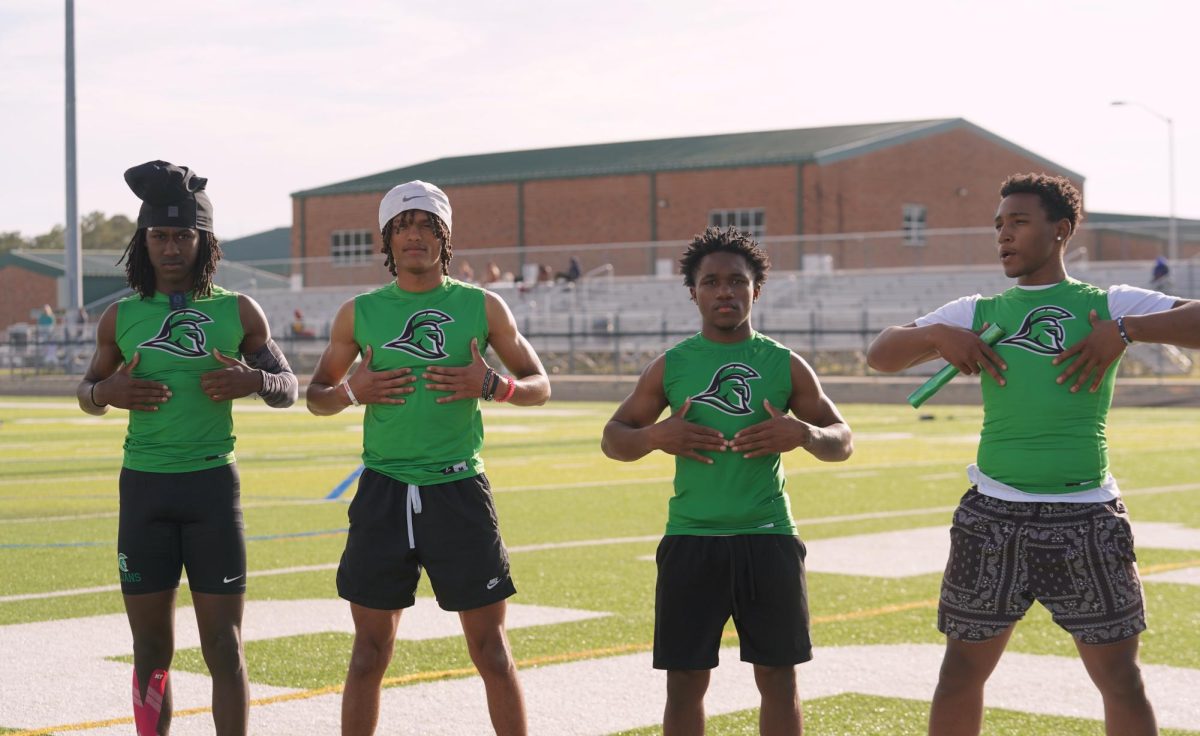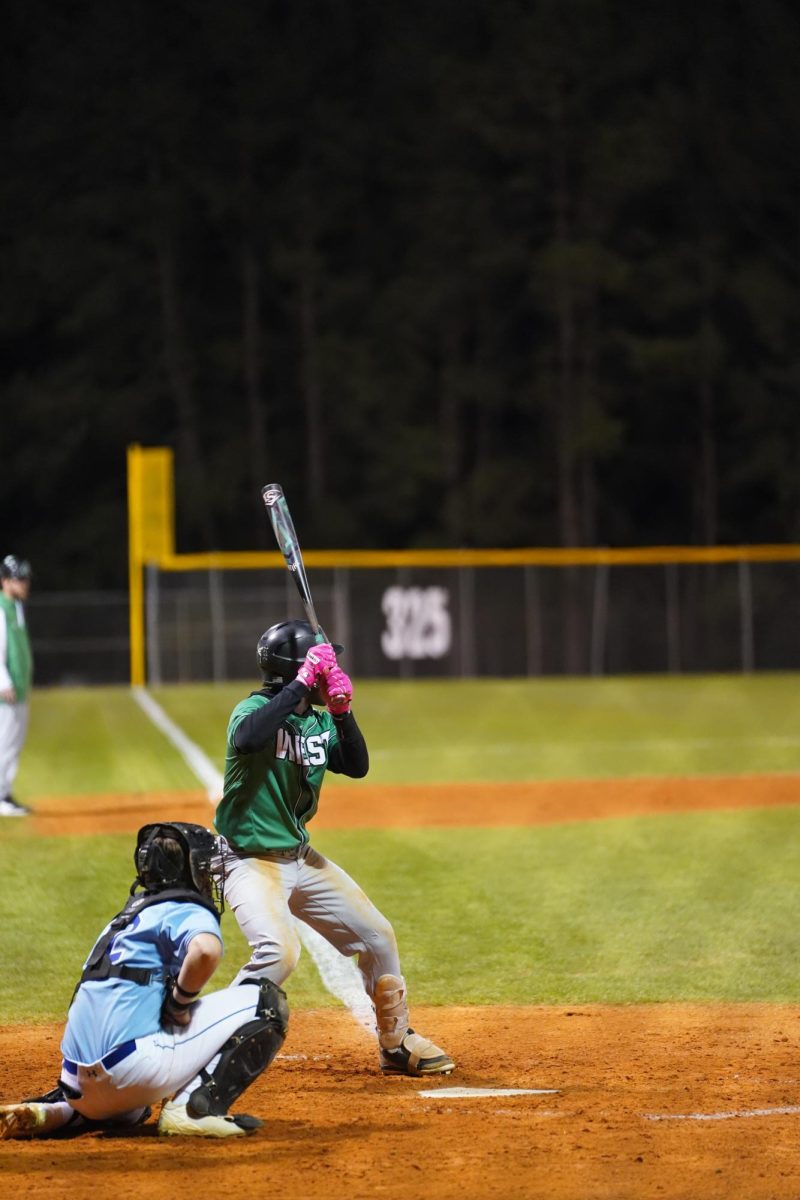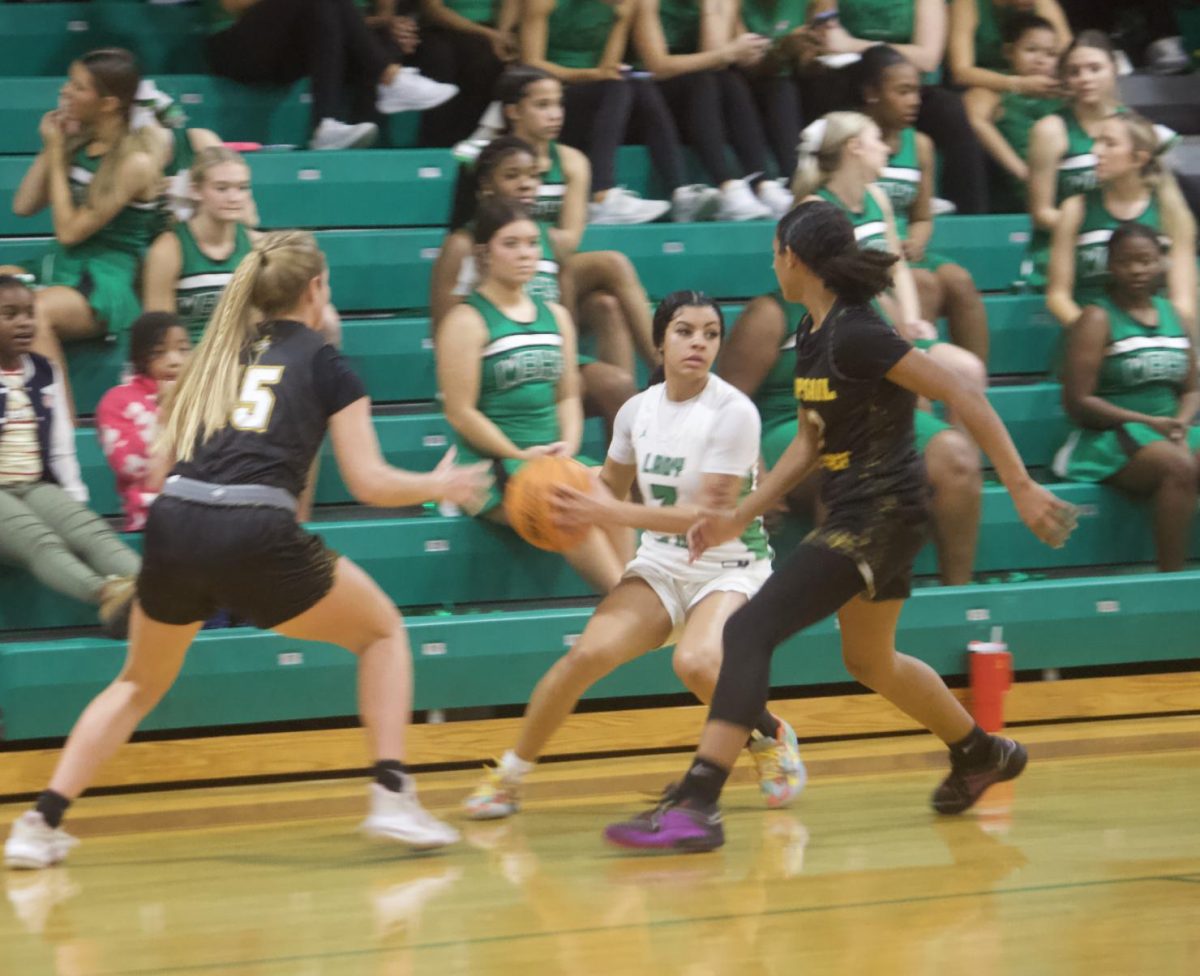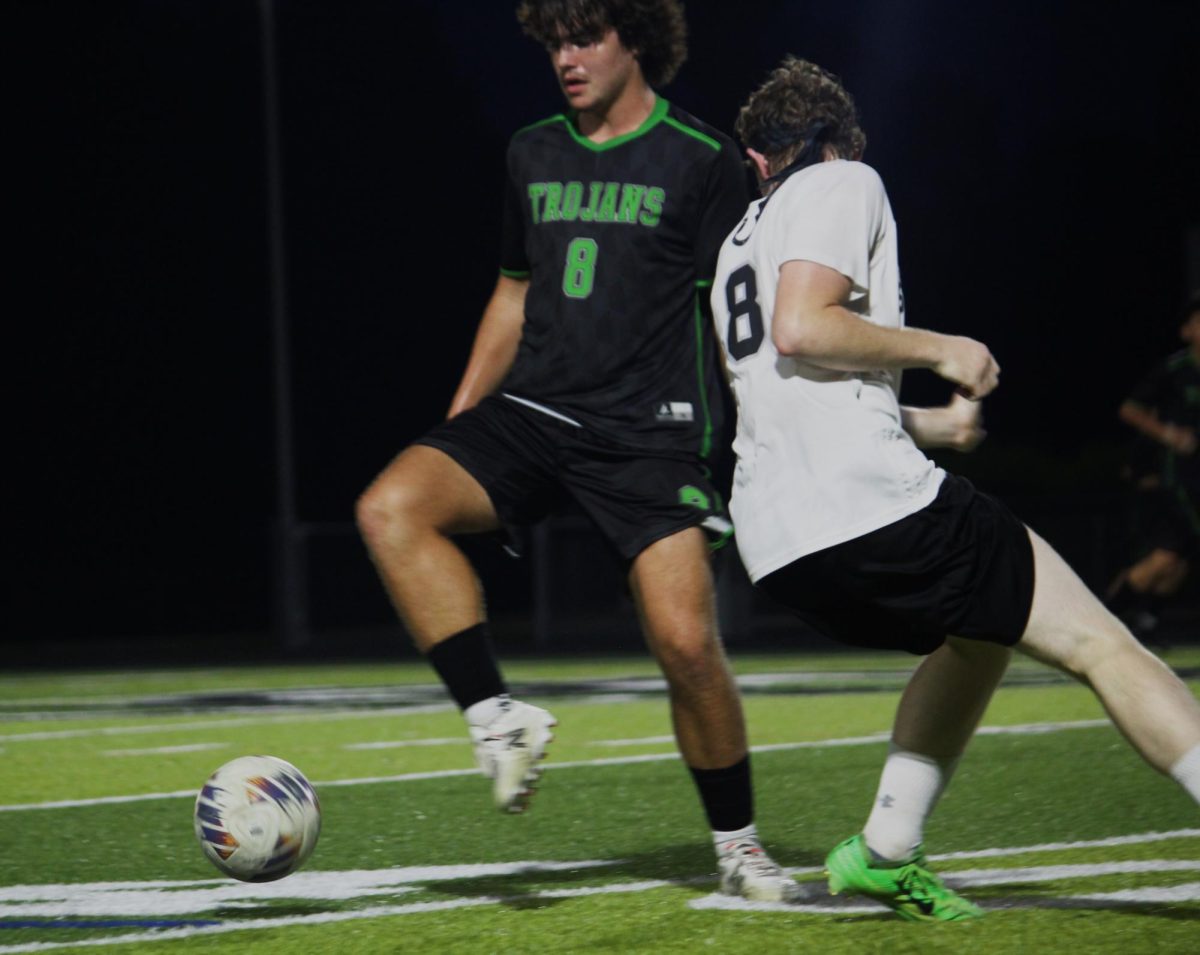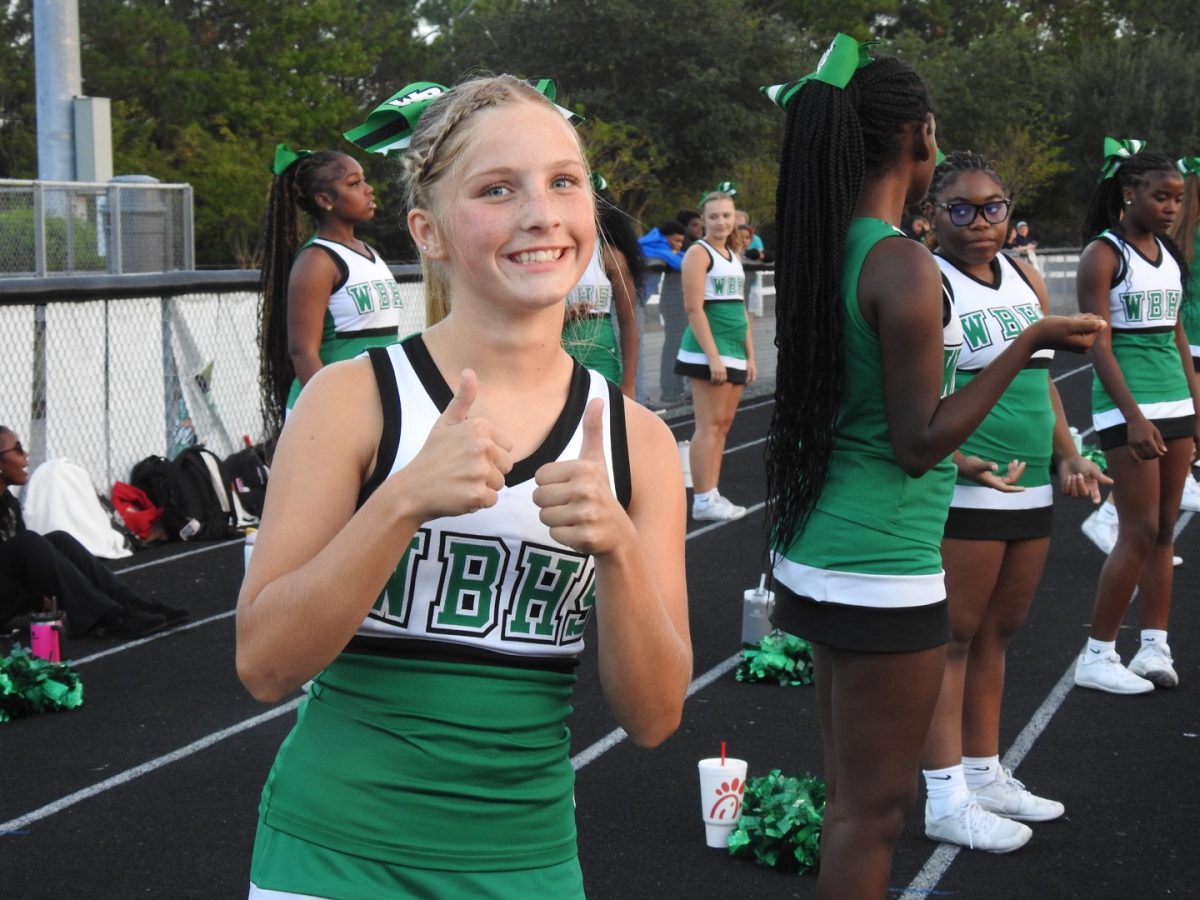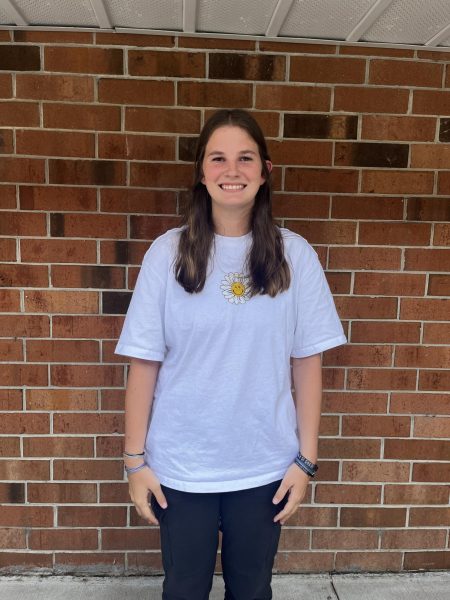Being a 3A school means sharing athletes. Athletes, who play multiple sports, are playing other athletes from 4A schools, who have more students at the school and can afford to have athletes specialize only in one sport. Athletes who specialize in one sport are working constantly, going to all of the practices and working on their sport during the off season. This constant state of pressure can be very stressful for these athletes.
“I definitely think there is a little bit of pressure,” said senior wrestler Luke Connick. “I think that a lot of schools, schools like Hoggard and Laney, think they can can come in and bully us just because were a lot smaller, but all these athletes, doesn’t matter if you’re a boy or girl, are putting in the work and I think it doesn’t matter how big the school is, putting in the time and effort is going to be worth it.”
These athletes are putting in the work constantly to get better and grow in multiple sports, even if that means going from sport to sport, playing all year round with little to no time as an off-season.
“A lot of these athletes participate in other sports, not just one specifically,” said cross country and former wrestling coach Jimmy Caraway. “Everybody is competing all year round, club teams and things like that.”
This takes a toll on athletes, trying to go from one sport to another, playing against athletes who have the time to work solely on one sport. Athletes, like people on the men’s basketball team, are working on their sport almost all year.
“It’s a battle that we have to fight a lot with basketball to be successful,” said men’s basketball coach Aaron Taylor. “Everybody thinks basketball is a three month season from November to February but really we give them a month off after the season and then we start spring ball and spring ball goes until late June and then we start all over again all of June and then we go again and start September 1st.”
While everyone is worried about the students and how that can affect them, not a lot of people think about the coaches’ struggle with this. Coaches have to worry about who will play for them that year and with athletes at other sports it is hard to tell how many people will try out or even want to play that year.
“With us being a smaller school we have to share athletes,” said Taylor. “I had five or six guys coming from football, one or two guys coming from cross-country, we’re having to share all these athletes. So while we’re fighting that battle, everyone else, the Hoggard’s in our conference; if they play basketball all they do is play basketball. We have guys that we’re sharing. We promote that we want our kids to be in as many programs as possible, so we are able to share those athletes. So we’re fighting those battles against other 4A schools in our conference, that don’t have to fight those battles.”
The numbers are what is the biggest struggle most coaches find. There are approximately 1,443 students that go to West and approximately 2,172 students that go to Hoggard, that’s 729 more students that go Hoggard than West. In those 729 more students, there could be a large number of athletes: athletes who specialize in a sport.
“The numbers just came out and Laney has one-thousand more kids than we do,” said Caraway. “So one-thousand more kids, say half of that are males, that’s five-hundred more possible athletes they get to choose from, a clear disadvantage there.”




